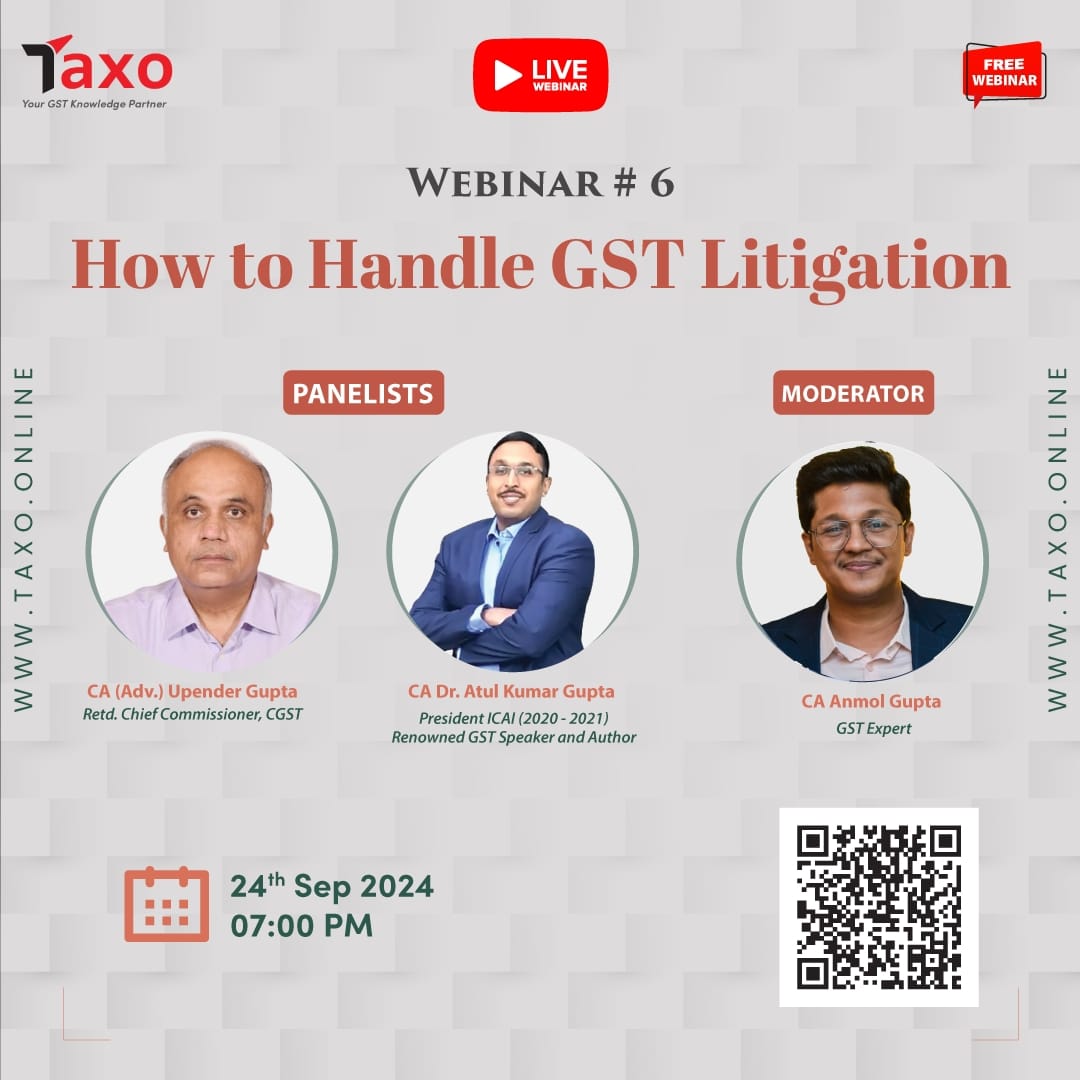Ministerial Decision No. 120 of 2023 on the Adjustments Under the Transitional Rules for the Purposes of Federal Decree-Law No. 47 of 2022 on the Taxation of Corporations and Businesses
Minister of State for Financial Affairs:
– Having reviewed the Constitution,
– Federal Law No. 1 of 1972 on the Competencies of Ministries and Powers of the Ministers, and its amendments,
– Federal Decree-Law No. 13 of 2016 on the Establishment of the Federal Tax Authority and its amendments,
– Federal Decree-Law No. 28 of 2022 on Tax Procedures,
– Federal Decree-Law No. 47 of 2022 on the Taxation of Corporations and Businesses,
Has decided:
Article (1)
Definitions
Words and expressions in this Decision shall have the same meanings specified in the Federal Decree-Law No. 47 of 2022 referred to above (“Corporate Tax Law”), and the following words and expressions shall have the meanings assigned against each, unless the context otherwise requires:
Accounting Standards: The accounting standards specified in a decision issued by the Minister for the purposes of the Corporate Tax Law.
Financial Statements: A complete set of statements as specified under the Accounting Standards applied by the Taxable Person, which includes, but is not limited to, statement of income, statement of other comprehensive income, balance sheet, statement of changes in equity and cash flow statement.
Immovable Property: Immovable property as defined in a decision issued by the Cabinet for the purposes of the Corporate Tax Law.
Qualifying Immovable Property: Immovable Property that meets the conditions under Clause (1) of Article (2) of this Decision.
Intangible Asset: An intangible asset as defined in the Accounting Standards applied by the Taxable Person.
Qualifying Intangible Asset: Intangible Asset that meets the conditions under Clause (1) of Article (3) of this Decision.
Financial Asset: Financial asset as defined in the Accounting Standards applied by the Taxable Person.
Financial Liability: Financial liability as defined in the Accounting Standards applied by the Taxable Person.
Qualifying Financial Asset: Financial Asset that meets the conditions under Clause (1) of Article (4) of this Decision.
Qualifying Financial Liability: Financial Liability that meets the conditions under Clause (1) of Article (4) of this Decision.
Article (2)
Taxable Income Adjustments Related to Gains Recognised on Immovable
Property Owned Prior to the Taxable Person’s First Tax Period
- For the purposes of paragraph (i) of Clause (2) of Article (20) and Clause (1) of Article (61) of the Corporate Tax Law, a Taxable Person may elect to adjust its Taxable Income for calculating the gains on any Immovable Property that meets all of the following conditions:
-
- The Immovable Property is owned prior to the first Tax Period.
- The Immovable Property is measured in the Financial Statements on a historical cost basis.
- The Immovable Property is disposed of or deemed to be disposed of during or after the first Tax Period for the purposes of determining the Taxable Income for a value exceeding the net book value.
- Where Clause (1) of this Article applies, upon the disposal of the Qualifying Immovable Property, the Taxable Person shall make one of the following adjustments in respect of each Qualifying Immovable Property:
-
- Exclude the amount of gain that would have arisen, at the start of the first Tax Period, had the Qualifying Immovable Property been disposed of at Market Value and the cost of the Qualifying Immovable Property was the higher of the original cost and the net book value.
- Exclude the amount of gain recognised in respect of the Qualifying Immovable Property calculated in accordance with Clause (4) of this Article.
- For the purposes of paragraph (a) of Clause (2) of this Article, the amount used as the Market Value of the Qualifying Immovable Property shall be determined by the relevant government competent authority in the State.
- For the purposes of paragraph (b) of Clause (2) of this Article, the excluded amount of gain shall be calculated as follows:
-
- Calculate the amount of gain that would have arisen upon the disposal of the Qualifying Immovable Property, had its cost been equal to the higher of the original cost and the net book value at the start of the first Tax Period.
- Divide the number of days the Qualifying Immovable Property is owned before the first Tax Period by the total number of days the Qualifying Immovable Property is owned.
- Multiply the amount calculated in paragraph (a) of this Clause by the amount calculated in paragraph (b) of this Clause.
- The amount calculated in paragraph (c) of this Clause shall be the amount of gain on the Qualifying Immovable Property excluded from the Taxable Income during the relevant Tax Period.
- The election under Clause (1) of this Article shall be made in respect of each Qualifying Immovable Property upon the submission of the first Tax Return in the form and manner prescribed by the Authority and shall be deemed irrevocable except under exceptional circumstances and pursuant to approval by the Authority.
Article (3)
Taxable Income Adjustments Related to Gains Recognised on Intangible
Assets Owned Prior to the Taxable Person’s First Tax Period
- For the purposes of paragraph (i) of Clause (2) of Article (20) and Clause (1) of Article (61) of the Corporate Tax Law, a Taxable Person may elect to adjust its Taxable Income for calculating the gains on all the Intangible Assets that meet all of the following conditions:
-
- The Intangible Assets are owned prior to the first Tax Period.
- The Intangible Assets are measured in the Financial Statements on a historical cost basis.
- The Intangible Assets are disposed of or deemed to be disposed of during or after the first Tax Period for the purposes of determining the Taxable Income for a value exceeding the net book value.
- Where Clause (1) of this Article applies, the Taxable Person shall exclude the amount of the gain recognised on the Qualifying Intangible Asset calculated in accordance with Clause (3) of this Article upon its disposal.
- For the purposes of Clause (2) of this Article, the excluded amount of gain shall be calculated as follows:
-
- Calculate the amount of gain that would have arisen upon the disposal of the Qualifying Intangible Asset, had its cost been equal to the higher of the original cost and the net book value at the start of the first Tax Period.
- Divide the number of days the Qualifying Intangible Asset is owned before the first Tax Period by the total number of days the Qualifying Intangible Asset is owned.
- Multiply the amount calculated in paragraph (a) of this Clause by the amount calculated in paragraph (b) of this Clause.
- The amount calculated in paragraph (c) of this Clause shall be the amount of gain on the Qualifying Intangible Asset excluded from the Taxable Income during the relevant Tax Period.
- The election under Clause (1) of this Article shall be made upon the submission of the first Tax Return and shall apply to all Qualifying Intangible Assets and be deemed irrevocable except under exceptional circumstances and pursuant to approval by the Authority.
- The number of days the Qualifying Intangible Asset is owned before the first Tax Period under paragraph (b) of Clause (3) of this Article shall not exceed a period equivalent to a maximum of (10) ten years, except under exceptional circumstances and pursuant to approval by the Authority.
Article (4)
Taxable Income Adjustments Related to Gains and Losses Recognised on
Financial Assets and Financial Liabilities Owned Prior to the Taxable Person’s First Tax Period
- For the purposes of paragraph (i) of Clause (2) of Article (20) and Clause (1) of Article (61) of the Corporate Tax Law, a Taxable Person may adjust its Taxable Income for the purposes of calculating the gains and losses on all the Financial Assets and Financial Liabilities that meet all of the following conditions:
-
- The Financial Assets or Financial Liabilities are owned prior to the first Tax Period.
- The Financial Assets or Financial Liabilities are measured in the Financial Statements on a historical cost basis.
- Where Clause (1) of this Article applies, upon the disposal of the Qualifying Financial Assets and Qualifying Financial Liabilities, the Taxable Person shall exclude the amount of the gain or loss that would have arisen, at the start of the first Tax Period, had the Qualifying Financial Assets or Qualifying Financial Liabilities been disposed of at Market Value and the cost of these Assets or Liabilities had been equal to the net book value.
- The election under Clause (1) of this Article shall be made upon the submission of the first Tax Return and shall apply to all Qualifying Financial Assets and Qualifying Financial Liabilities and be deemed irrevocable except under exceptional circumstances and pursuant to approval by the Authority.
Article (5)
Ownership of the Immovable Property, Intangible Assets and Financial Assets and Financial Liabilities by Members of a Qualifying Group or a Tax Group
- This Article applies to Immovable Property, Intangible Assets, Financial Assets and Financial Liabilities that have been held solely by the Taxable Person and by one or more of the following Persons:
-
- A member of the same Qualifying Group of the Taxable Person that has acquired the relevant assets or liabilities in accordance with Clause (1) of Article (26) of the Corporate Tax Law.
- A member of the same Tax Group of the Taxable Person that has acquired the relevant assets or liabilities in accordance with Clause (1) of Article (42) of the Corporate Tax Law.
- For the purposes of this Article:
-
- The assets, other than Financial Assets, under Clause (1) of this Article, shall be referred to as “Non-Financial Transferred Assets”.
- All assets and liabilities under Clause (1) of this Article, including Non- Financial Transferred Assets, shall be referred to as “Transferred Assets and Liabilities”.
- The transfer that is not covered, or would not have been covered had the Corporate Tax Law been effective, under Clause (1) of Article (26) and Clause (1) of Article (42) of the Corporate Tax Law shall be referred to as a “Non-Qualifying Transfer”.
- For the purposes of paragraph (a) of Clause (1) of Article (2), paragraph (a) of Clause (1) of Article (3) and paragraph (a) of Clause (1) of Article (4) of this Decision, the term “ownership” of the Transferred Assets and Liabilities shall include the ownership by any Person under Clause (1) of this Article.
- For the purposes of paragraph (b) of Clause (4) of Article (2) and paragraph (b) of Clause (3) of Article (3) of this Decision, the period of the ownership of the Non- Financial Transferred Assets shall include the period of ownership by any Person under Clause (1) of this Article, other than any period of ownership before the most recent Non-Qualifying Transfer.
Article (6)
Publication and Application of this Decision
This Decision shall be published and shall come into effect the day following the date of its publication.
Mohamed bin Hadi Al Hussaini
Minister of State for Financial Affairs
Issued by us:
On: 26/ SHAWWAL /1444
Corresponding to: 16/05/2023


